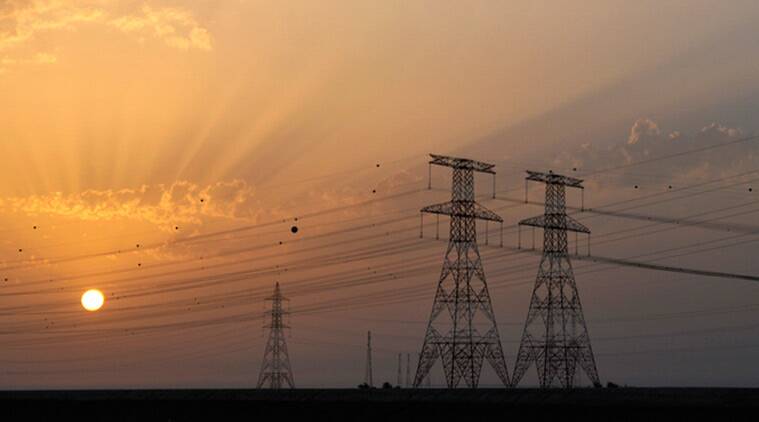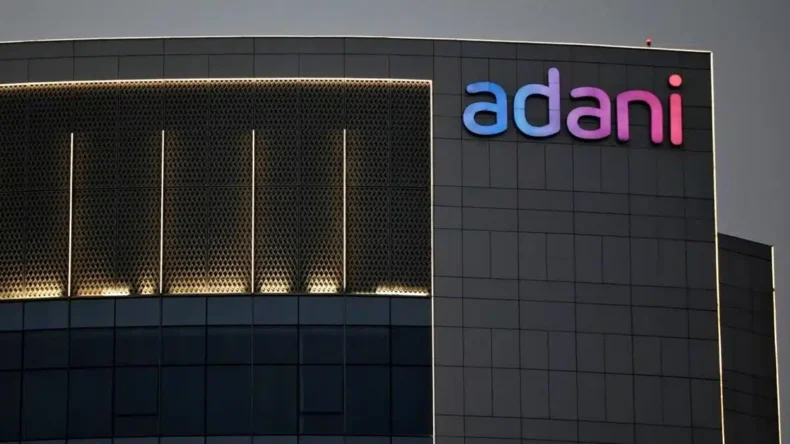On Monday, 7th July, 2024, the Adani Energy Solutions Limited (AESL) made an announcement of financial closure for their $1 billion worth green high voltage direct current, acronymed to HVDC link project in Mumbai.
Table of Contents
About the Adani HVDC Project
It will be enhancing greening of the Mumbai Grid by pumping supply of more renewable power into the city and meeting its rising electricity demand, in accordance to the statements made by the Company in the press release.
The construction of the project is ranged to be 80 km multi faceted, and its construction work is likely to commence in October this year, 2024, which will contributed to a great technological upgradation of the city.
The link shall be injecting an additional of 1000 megawatt of renewable energy into the city, which will be ensuring a supply of undisturbed powe in the future.

Why has the project preferred HVDC
HVDC are the power systems for D.C. They are comparatively cheaper to the A.C, as well as witness a lesser loss than the A.C transmissions. It creates interconnection between networks with different characteristics and frequencies.
Additionally, a lesser number of conductors and insulators are required to set up overall the network system. It is a flexible system that uses earth return.
HVDC link is considered to be superior to other technologies as it easily stabilizes power network distributions, where there might be problems of sudden loads and blackouts causing interruptions, synchronization problems and failures.
They are used for bulk power transmission over long distances. Moreover, it is the sole technology that is preferable in islands, because the submarine cables are used for procuring power supply and cause lesser energy losses.
What are the benefits of the project
Adani Electricity Mumbai Limited (AEML), is the largest electricity distribution company. A commitment has been put forward by the company to increase the share of the renewable energy to 60 percent tentatively by 2027.
This link will be a great contribution for growth aspects and will be showcasing the company’s commitment to offer Mumbai a green and bright future. With additional input of the renewable power supply into the city, enabling a consistent supply of power. It will be a stepping stone to take Mumbai towards decarbonization and targeted net zero journey.

Overlook on funding of the project
The Infrastructure Financing Framework ( IFF) is a framework that funds varying under-construction assets. This platform has granted this project access to the funds that another assets in the portfolio has already paid back. The banking consortium of the IFF consists of nine international banks. These consist of DBS Bank Limited, Intesa Sanpolo S.p.A., Mizuho Bank Limited, MUFG Bank Limited, Siemens Bank GmbH, Societe Generale, Standard Chartered Bank, Sumitomo Mitsui Banking Corporation and the Hong Kong Mortgage Corporation Limited, as stated by the company.
The Managing Director of AESL, Anil Sardana made the statement displaying gratitude to the banking partners for running smooth transactions and investing their trust in the AESL.
Conclusion
The electricity demand of Mumbai is expected to reach 5000 MW by the year 2025, from the current demand of 4000 MW. Some of the present transmission corridors witness constant constrains. Moreover, on 12 October, the entire city faces a major blackout due to certain power supply constraints.
Therefore, the link is expected to resolve the interference in the supply and enhance the grid stability.













